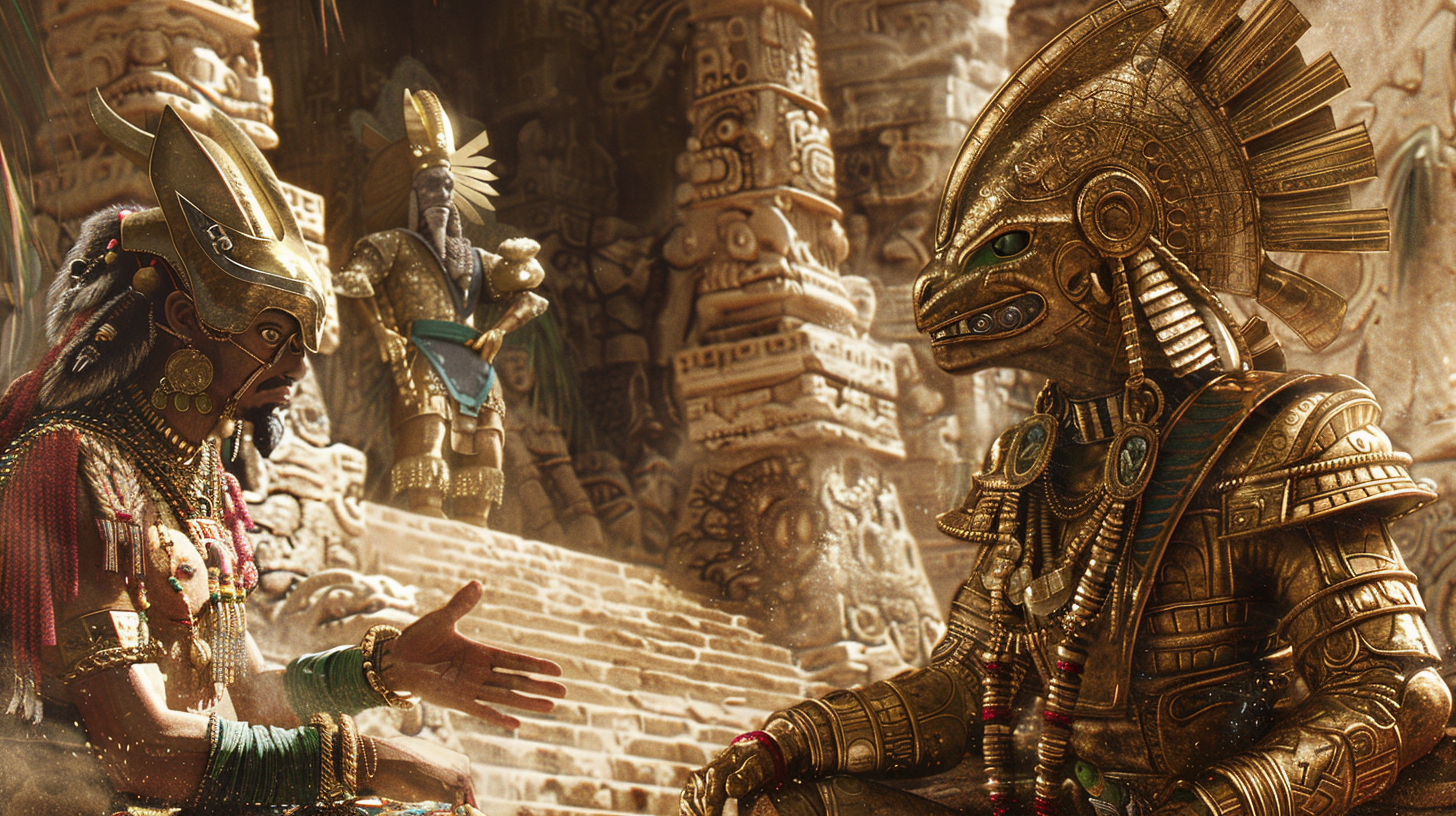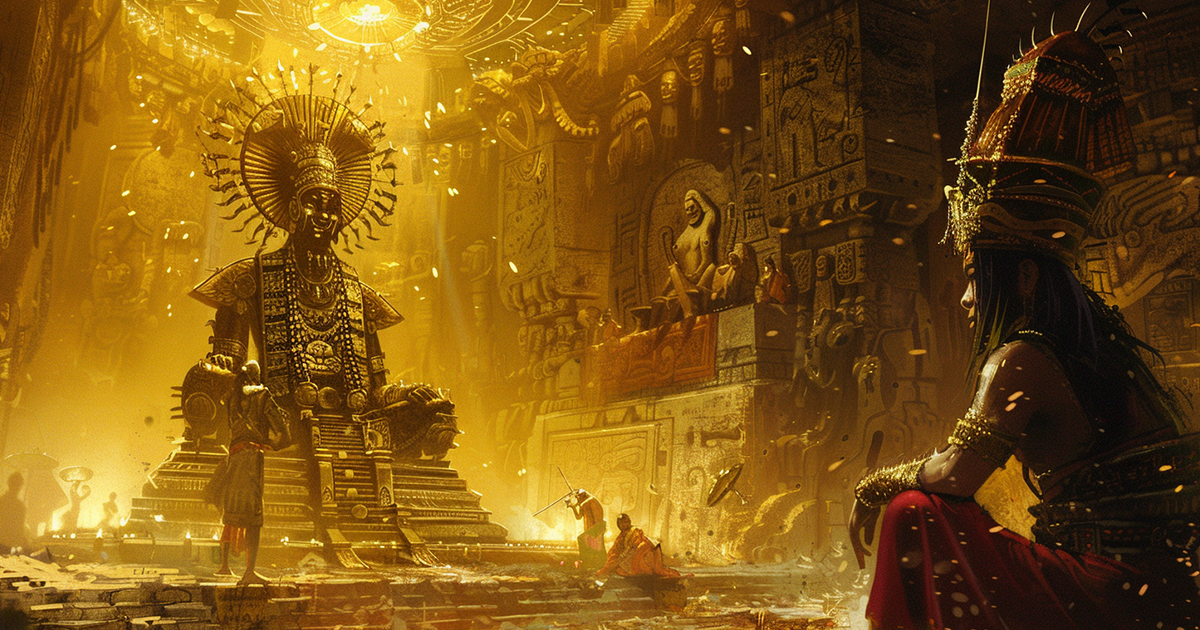Within the realms of ancient history and archaeology, a rich tapestry of mysterious links exists, often defying conventional explanations. Recent studies and expeditions have revealed intriguing parallels between diverse cultures, hinting at potential cross-cultural influences that transcended vast distances and epochs. A recent exploration at the San Augustine Archaeological Park in Colombia, South America, exposed a curious convergence between ancient Indian and Mayan civilizations, shedding light on a mystery that continues to intrigue scholars and enthusiasts.
Under the leadership of David Childress, an ancient astronaut theorist, and Prine Mohan, a Hindu expert, the expedition uncovered compelling evidence of a potential Hindu impact in the region more than 2,000 years ago. The findings challenged established beliefs and initiated a deep dive into cultural interconnectedness.
At the core of their discoveries were depictions of serpent-like entities guarding sacred sites, reminiscent of the revered Naga beings from Hindu lore. These serpent figures, adorned with cobra-like hoods, bore a striking resemblance to similar representations in Southeast Asian temples. The presence of such parallel motifs across distant regions raises profound inquiries about the spread of cultural symbols and religious beliefs.

Further investigations revealed mentions of feathered serpents in Mayan mythology, particularly Kukulkan, the feathered serpent deity. While traditional interpretations view Kukulkan as a representation of earthly and celestial forces, ancient astronaut theorists present an alternative perspective: that of an extraterrestrial entity or spaceman. They point to depictions of humanoid faces emerging from serpent mouths as indications of advanced technology or spacecraft guided by beings similar to Hindu Vimanas.
The concept of Vimanas, described in Hindu texts like the Mahabharata, refers to sophisticated flying machines employed by divine entities to traverse the skies. Interestingly, similar aerial crafts have been depicted in Mayan art, as evidenced by gold artifacts discovered along Colombia’s Magdalena River. Among these treasures are small figurines bearing a remarkable resemblance to contemporary airplanes, challenging prevailing notions of ancient technological advancements.
In a notable experiment, engineers recreated the design of these ancient artifacts, incorporating propellers into scaled-up models that successfully achieved flight. Such achievements underscore the skill and sophistication of ancient civilizations, prompting a reevaluation of their technological capabilities and networks of cultural exchange.
The intersection of Hindu and Mayan symbolism suggests a shared repository of mythic imagery and cosmic narratives that transcended geographical borders. It encourages a reassessment of established historical narratives, acknowledging the interconnected nature of human heritage and the enduring enigmas that continue to fascinate imagination.
While navigating the intricate pathways of ancient history, let us embrace the potential for cross-cultural influences and the mysterious threads that connect us across time and space. By exploring these parallels, we may unlock fresh perspectives on the diverse mosaic of human experiences and the unending quest for understanding in the universe.
